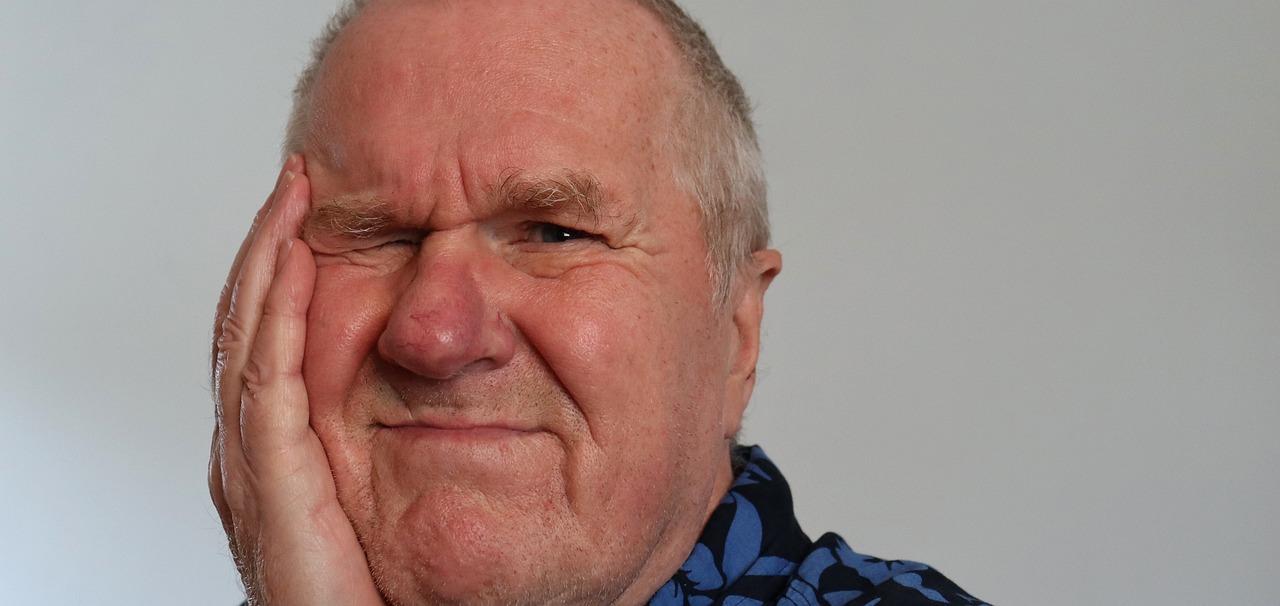You bite into a crisp apple, and ouch! You drink a glass of cold water, and oy! Or maybe you’re doing nothing and all and — zing! — tooth pain strikes at random.
Whether it only happens when your teeth are in use or you just can’t seem to shake that underlying ache, tooth pain deserves your care and attention. Your oral health contributes to your overall health, so tooth pain could be trying to tell you something important.
But what could it be?
Common toothache causes
“Pain in your teeth and gums shouldn’t be ignored,” says Dr. David Tarnowski, DMD. “Things like loose teeth, cracked or broken teeth can all indicate that there’s a problem — and even if the problem isn’t visible to you, it’s important to have it checked out.”
1. Cavities
If your childhood goal was to be a perpetual part of the No Cavity Club, tooth pain may be a sign that it’s time to turn in your membership card. A cavity happens when your tooth enamel erodes and creates a tiny hole in your tooth.
When a cavity is caught early (say, during your biannual dentist visit), it can often be treated before it causes any pain. But untreated cavities can be excruciating — and damaging.
“When cavities get severe enough and get close to your nerve, they can cause significant pain that may require seeing an endodontist, in other words, a root canal specialist, to do a root canal,” Dr. David Tarnowski says. “In some cases, you could have to have the tooth removed.”
2. Grinding your teeth (bruxism)
It seems like you’d know if you had a problem with grinding your teeth, but all too often, people have no idea — especially if it happens overnight, while you’re fast asleep. Bruxism, which can happen overnight or during the day, can lead to jaw pain and loose teeth, and over time, it can wear down the enamel of your teeth.
Your dentist can’t stop you from grinding, but they can lessen its effect on your teeth. “We can fit you with a custom nightguard that provides you with a stable bite and can reduce the contraction of your jaw muscles,” Dr. David Tarnowski says. And there are things you can do to try to stop grinding your teeth.
Bruxism is one of a few temporo-mandibular joint disorders (TMD), conditions that affect the jaw joints and the muscles and ligaments around them.
3 Root fracture
Another source of tooth pain could be a root fracture, a crack on the root of your tooth. This type of dental injury can be difficult to diagnose because it happens deep below the surface of your teeth and gums. Your provider can’t see them just by looking inside your mouth.
“Even if we take a two-dimensional X-ray in the office, it’s very rare that a root fracture will show,” Dr. David Tarnowski notes. “If we suspect it, we will send you to an endodontist, a root canal specialist who will do some tests on the tooth.”
A 3D scan called a cone beam CT scan can show bone loss around your tooth, which often indicates a root fracture. “If that’s the case, the tooth often does need to be pulled,” Dr. David Tarnowski says.
If your pain is new and mild or moderate, it’s OK to try to ride it out for a bit to see if it goes away on its own (especially if you know you have allergies or a sinus infection). “If you feel like the pain is tolerable and you want to try to wait it out, give it about two weeks,” Dr. David Tarnowski advises. “If it hasn’t gone away in that time, call your dentist.”
